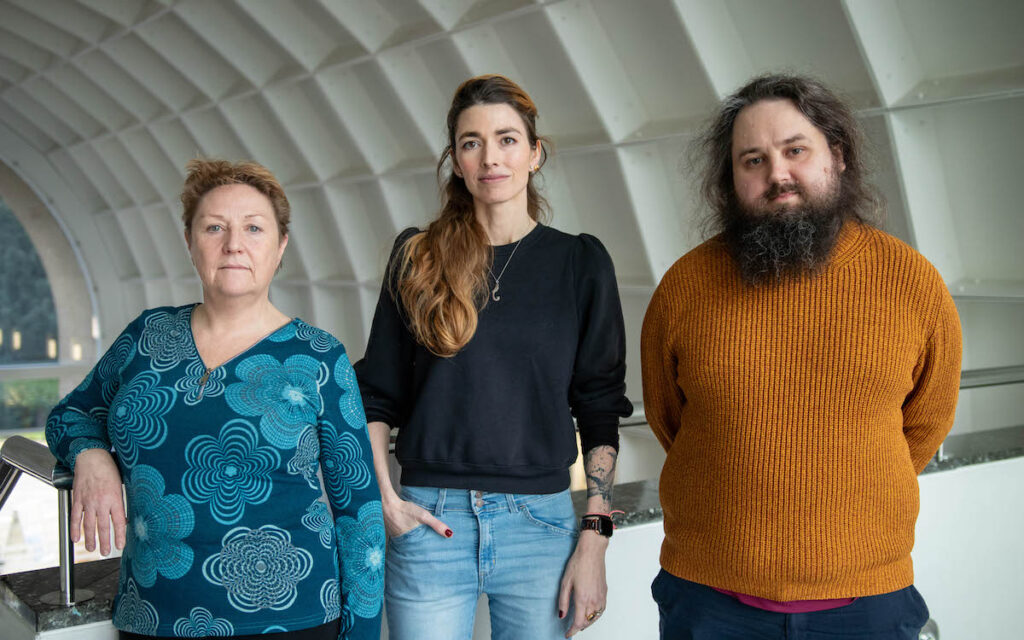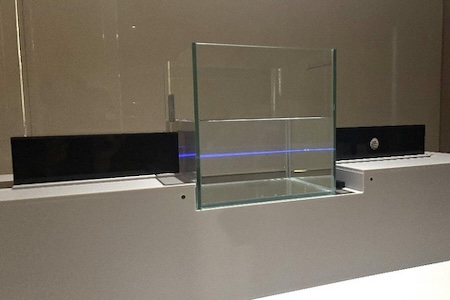
Discover World-Leading Technologies for Ocean Science
Discover cutting-edge solutions from leading global suppliers
Scientists at the UK’s National Oceanography Centre (NOC) are set to lead critical research into forecasting a major climate tipping point – the potential collapse of the Atlantic Subpolar Gyre.
Through more than £11 million in funding from the UK’s Advanced Research + Invention Agency (ARIA), NOC will lead the development of new and innovative ways to detect early warning signs of a change in the Atlantic Subpolar Gyre.
Sitting just south of Greenland and Iceland, the Atlantic Subpolar Gyre is a key component of the global ocean’s circulation system, transporting heat around the planet, helping to regulate temperatures in Europe and North America.
Its collapse could reportedly have a major global impact on weather, food, and security, but existing climate models and ocean observations are too limited to accurately forecast a tipping point which could signal its collapse.
The funding, part of ARIA’s five-year, £81 m Forecasting Tipping Points program, covers eight projects, three of which are being led by NOC scientists and worth more than £7 million.
NOC Projects
The NOC-led projects, which are subject to final contract negotiation, are titled Full Ocean Fibre, Aerial Experimental Remote sensing of Ocean Salinity, heaT, Advection and Thermohaline Shifts (AEROSTATS), and Subpolar gyre Observations, models and artificial intelligence to Resolve Tipping points and provide Early warning Detection (SORTED).
Full Ocean Fibre
Full Ocean Fibre, with partner National Physical Laboratory, will target the use of undersea cables used for telecommunications and forming the backbone of the internet to seafloor sensors across thousands of kilometers.
Project lead Dr Carl Spingys, stated, “Full Ocean Fibre will develop the acoustic and fingerprinting techniques needed to identify ocean processes and provide an unprecedented view of the deep North Atlantic from existing cables. This project sets the scene for a next-generation ocean and climate observing network enabled by the global network of subsea cables.”
AEROSTATS
AEROSTATS is an airborne earth observation project focused on observing fine-scale interactions between air, ocean, and ice in the Greenland sea ice margins. This will include exploring the use of airborne platforms such as airships or high-altitude pseudo-satellites to create cost-effective, long-term monitoring capabilities, with partners NOVELTIS, Radarmetrics, and Pixalytics.
Project lead Professor Christine Gommenginger, commented, “This is a truly bold airborne earth observation project. Our vision is cost-effective, long-term monitoring capabilities that support early warning of a potential Subpolar Gyre shutdown. With partners across diverse sectors, we’re a cross-disciplinary group bridging technology, climate science and a commitment to tackling climate challenges through innovation.”
SORTED
SORTED aims to transform the ability to detect and monitor the early warning signs of Subpolar Gyre collapse by pushing the spatiotemporal capabilities of existing observational records using a novel combination of AI and tipping point knowledge from models.
The project will also identify critical gaps and uncertainties in ocean datasets and make recommendations on the observations still needed to build robust early warning systems for a potential Subpolar Gyre collapse, with partners University of Southampton and University of Bordeaux.
Dr Alejandra Sanchez-Franks, said, “Circulation in the Atlantic Subpolar Gyre is thought to be moving towards a collapse but, climate models and ocean observations are too limited to accurately forecast these tipping points. We will be using a novel combination of AI and tipping point knowledge from models to push the spatiotemporal limitations of existing observational records and to underpin the robust early warning systems needed for a potential Subpolar Gyre collapse.”
Further Projects
Scientists from NOC are involved in five further projects with over £4 million in funding which also focus on the Atlantic Subpolar Gyre. These are:
- POLEMIX, led by the University of Southampton.
- TIMBER, led by the University of East Anglia.
- PROMOTE, led by the University of Reading.
- VERIFY, led by the University of Leeds.
- GRAIL, led by British Antarctic Survey.
These projects encompass diverse innovations and collaborations, including a proof-of-concept observing system with autonomous profiling floats, and research on predicting marine ecosystem tipping points, their impacts, and opportunities for the UK’s fishing industry.
They will also involve improving earth system models, creating digital twins to test early warning systems and using robotics to gather data in Antarctic regions.
NOC Chief Scientist, Professor Penny Holliday, added, “This transformative funding from ARIA comes at a critical moment for ocean and climate science, helping to fulfil an urgent need to address gaps in our understanding of Subpolar North Atlantic tipping points.
“NOC will be at the forefront of this ambitious programme developing pioneering innovative approaches—from AI-driven modelling to revolutionary ocean observation technologies—to bridge those knowledge gaps.
“By harnessing our world-leading science and pioneering technology, we will lead and collaborate on multiple projects to enhance our ability to detect early warning signs and better understand the future of our changing ocean.”
















